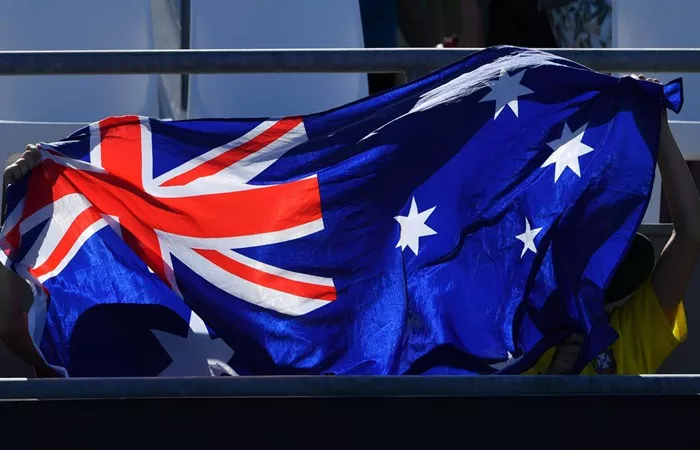Australia’s immigration numbers are rising sharply under Prime Minister Anthony Albanese, with nearly two-thirds of new arrivals settling in Sydney and Melbourne. This surge is increasing pressure on housing, water, and transport systems in these cities.
Last year, Australia accepted 340,800 migrants. This figure is higher than the Treasury’s pre-election budget forecast of 335,000 net arrivals for the 2024-25 financial year. It is also 76% higher than the 194,000 migrants accepted before the pandemic.
The new data was released a day after Treasurer Jim Chalmers acknowledged that building 1.2 million new homes by 2029 to accommodate the population growth would be a tough challenge. He described the target as ambitious but achievable if everyone contributes.
Although immigration levels are below the record high of 548,800 seen two years ago, most new migrants continue to move to Australia’s two largest cities. New South Wales and Victoria are responsible for housing 207,233 new overseas residents, which is more than 60% of the total 340,800 arrivals.
Sydney’s rising living costs have led many Australian-born residents to leave the state. Last year, 28,118 people moved out of New South Wales to other states. Meanwhile, 106,730 new overseas migrants moved in, causing strain on infrastructure and services in other states. This trend could prompt discussions about expanding the Goods and Services Tax (GST) to provide states and territories with more funding.
Queensland experienced a population increase of 1.9%, gaining 25,940 residents from other states and 56,877 from overseas. Victoria reported a similar growth rate of 1.9%, with 100,503 new migrants arriving, mainly in Melbourne. Western Australia saw the fastest growth at 2.4%, with 12,612 people moving in from other states and 45,124 from overseas.
Overall, Australia’s population grew by 1.7% in 2024. Overseas migration accounted for 76% of the 445,900 population increase, which includes births and deaths.
Some regions recorded below-average growth. New South Wales grew by 1.3%, slowed by the interstate outflow. South Australia (1.1%), Tasmania (0.3%), the Australian Capital Territory (1.4%), and the Northern Territory (1.2%) also showed lower growth rates.
Chalmers did not rule out expanding or raising the 10% GST to give more funds to states and territories dealing with population pressures. Since 1999, some basic food items like fresh fruit, vegetables, bread, cooking oil, meat, and unflavored milk have been exempt from GST, due to a political deal between the Howard government and the Australian Democrats.
Chalmers said he would listen carefully to all ideas during upcoming discussions and not dismiss any options outright, including changes to the GST.
The large inflow of overseas migrants is putting significant strain on infrastructure, especially utilities. Sydney Water has proposed raising customer bills by 18% starting October 1 as part of its 2025-2030 plan, citing population growth.
A Sydney Water board meeting last year warned that outer suburbs of Sydney, where many new migrants live, are experiencing major pressure on water and wastewater systems.
The board said most investments would support growth in new and established areas, especially in western Sydney, where rapid development is pushing existing systems to their limits.
Sydney Water expects average customer bills to increase by $226 next financial year and by $111 annually until 2029-30 to manage this surge in demand.
Related Topics
- Which Is the Fastest Golden Visa
- Singaporean Arrested by Immigration for Trafficking at Bangkok Airport
- Immigration Minister Faces Questions on Deportations, Parent Visas, and Fees


